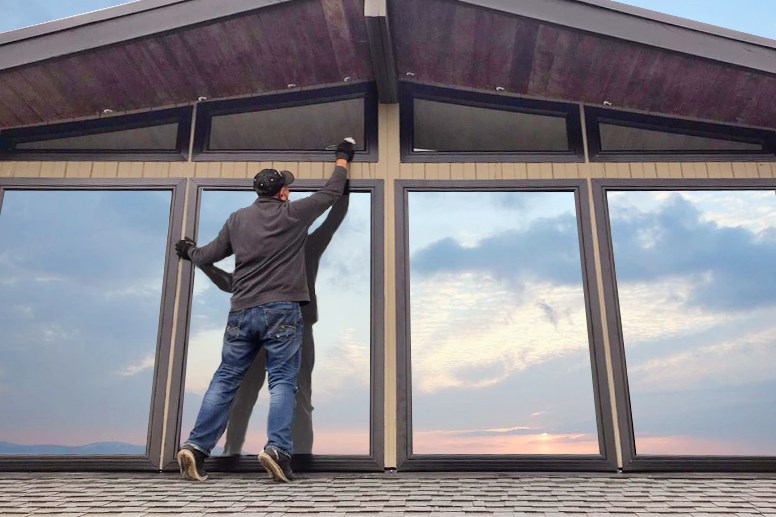If you plan to install skylights in your home to allow more light and make it energy efficient, that's a significant home improvement to consider.
Skylights offer not just plenty of natural light, but they also save you a lot when it comes to energy bills, being up to 55% more energy efficient compared to your old units and qualifying for maximum government rebates.
Numerous manufacturers offer skylights in a wide range of layouts and functions. Before choosing the best windows in B.C., homeowners need to consider various factors, including your budget, home design, and thermal performance and aesthetic preferences.
What are the different types of skylights?
Skylights usually come in three types which include fixed, venting, and tubular skylights. However, some manufacturers may use different names for these.
- Fixed skylights
As the name suggests, these skylights do not open. These windows are best if you want maximum daylight coming to your space and the highest energy efficiency.
Mostly these models are rectangular or square and are equipped with tempered glass glazing or polycarbonate glazing. While plastic is more affordable and weighs less, it can scratch and become dull over time. Plastic-glazed skylights also offer fewer options with regard to energy efficiency and UV (ultraviolet) protection.
- Venting skylights
Venting skylights are also known as roof windows because they have a casement window-like opening. The opener can be either electronic or manual (a long-handled crank). They are a great choice if you want to allow extra light and ventilation for rooms with condensation or excess humidity, such as bathrooms and kitchens.
In addition, they can also be used as emergency exits if they are accessible and built according to building codes.
- Tubular skylights
Also known as solar skylights, tubular skylights are not like traditional skylights. They are long tubes designed to capture and reflect light into the house. As a result, they work well in compact areas like bathrooms, hallways, and closets.
Solar skylights can fit between obstructions, making it easier to install them, especially if wiring or venting blocks the attic or roof.
You can also install dimmers on solar skylights to regulate the amount of light they produce. They can also have exhaust fans to aid in controlling the moisture.
Additionally, they may have a UV light filter as well. Where privacy is a primary concern, tube skylights are an excellent option. However, unlike traditional skylight windows, they don't offer a view of the outdoors.
How to choose the best skylight windows?
Whether installing skylights for the first time or replacing your existing ones, it is vital to choose the right ones for your home so that they can last you for a long time! Below are the key factors to consider when shopping for the best replacement windows in Delta.
- Roof compatibility
First, you should examine your roof type and see which skylight type works best for your house. The easiest skylight to install is the one that slips in between the roof beams. Many come in standard 24 inches spacing. However, the installation will take longer and cost more if you need a larger skylight.
- Glazing
If you are going for glass skylights, it's essential to determine whether you should get double or triple-glazed skylights. Where double-glazed skylights do the job just right, triple-glazed units provide more energy efficiency and can lower your energy bills by up to 30%. These models usually cost up to 15% more than standard double pane windows.
- Appearance
Next, you need to decide what shape you want for your skylights as they come in many styles, such as square, rectangular, domed, or pyramid. A skylight with a dome or pyramid structure sheds water more effectively than one without. It works well with flat or gently sloping roofs.
How to position your new skylights?
According to experts, south- and west-facing skylights will be most exposed to direct sunlight and heat gain, while windows facing the north or east may not bring in any direct sunlight.
In general, the orientation of the slope of your roof is not something you can easily change. Hence, despite the shape of your roof, you still want the skylight to be positioned where you need it most.
Your positioning can only affect the choice of clear versus tinted glass, vented versus non-vented skylights, and whether you would need to get modern blinds for your new skylights.
It is clear that getting new skylights for your house has many benefits, including increased energy efficiency, natural light, good ventilation, and enhanced aesthetics.
Installing skylights is definitely not a DIY job. Make sure to hire experienced window installers so your windows serve you well for the next 25 years, reducing energy bills and increasing overall comfort.



